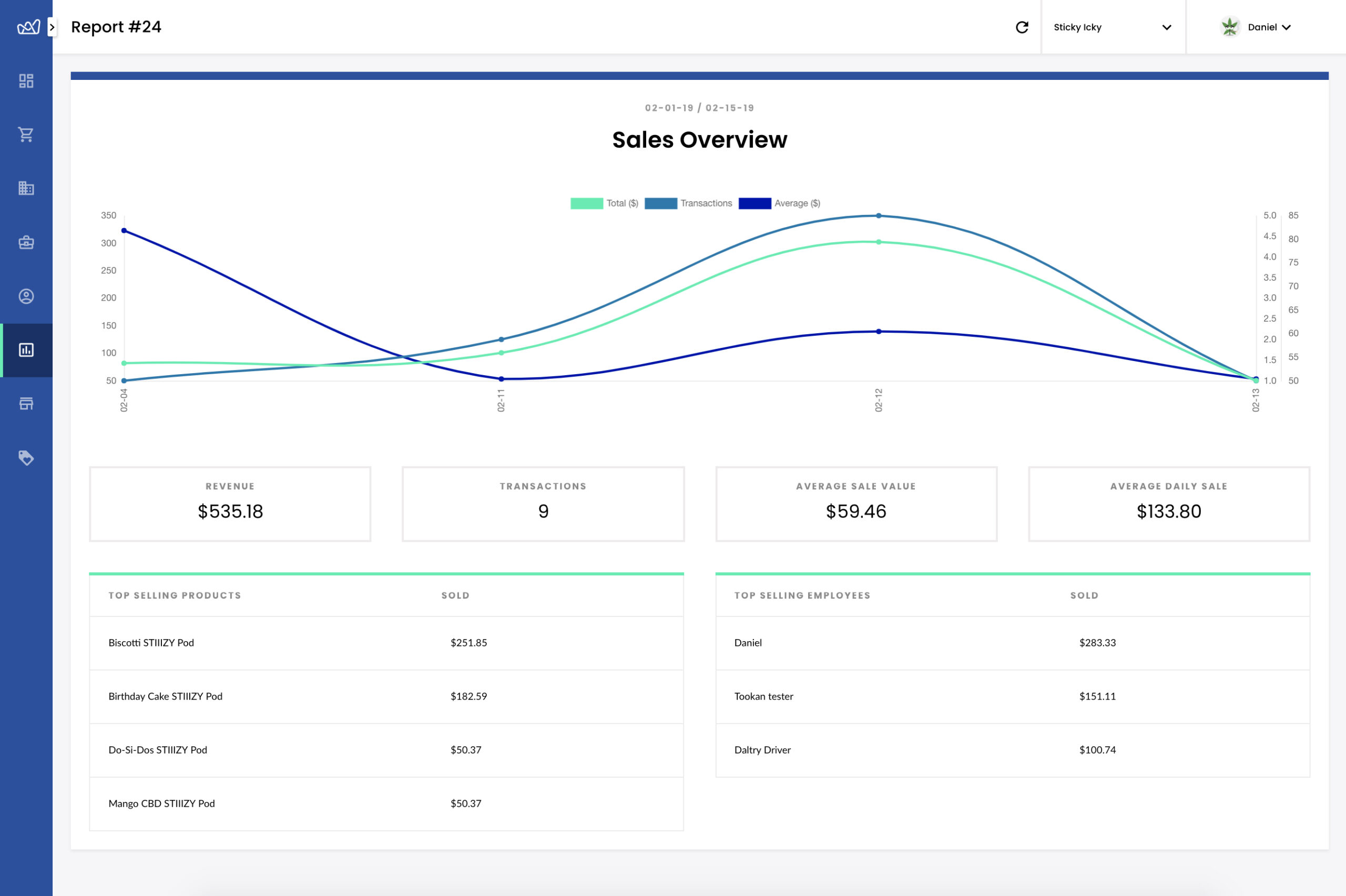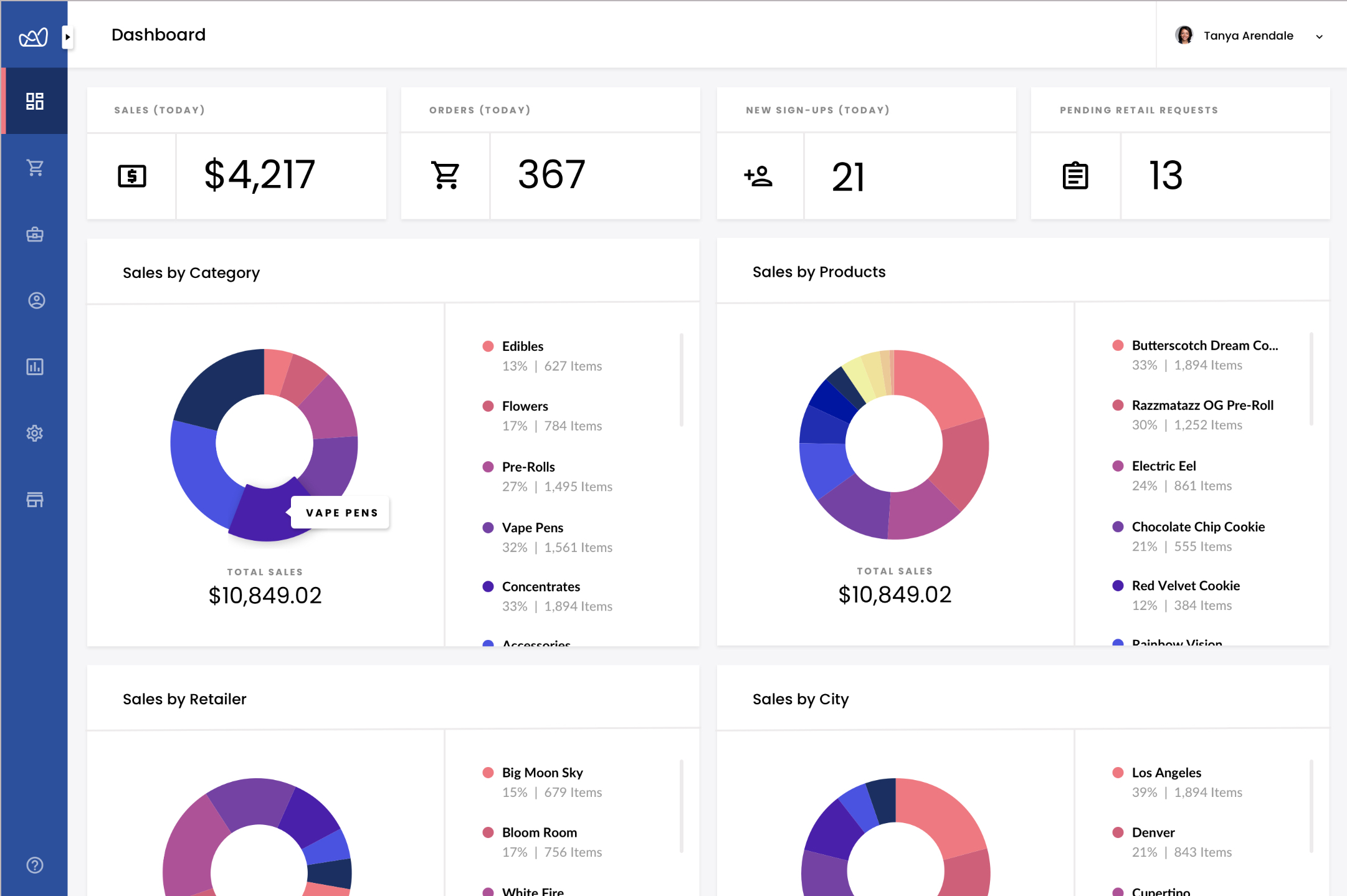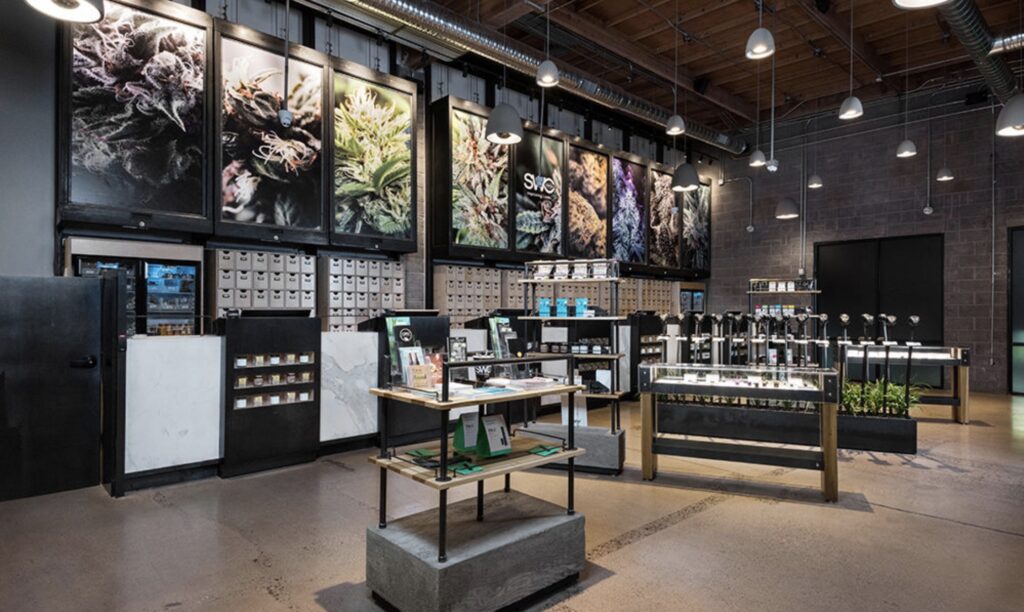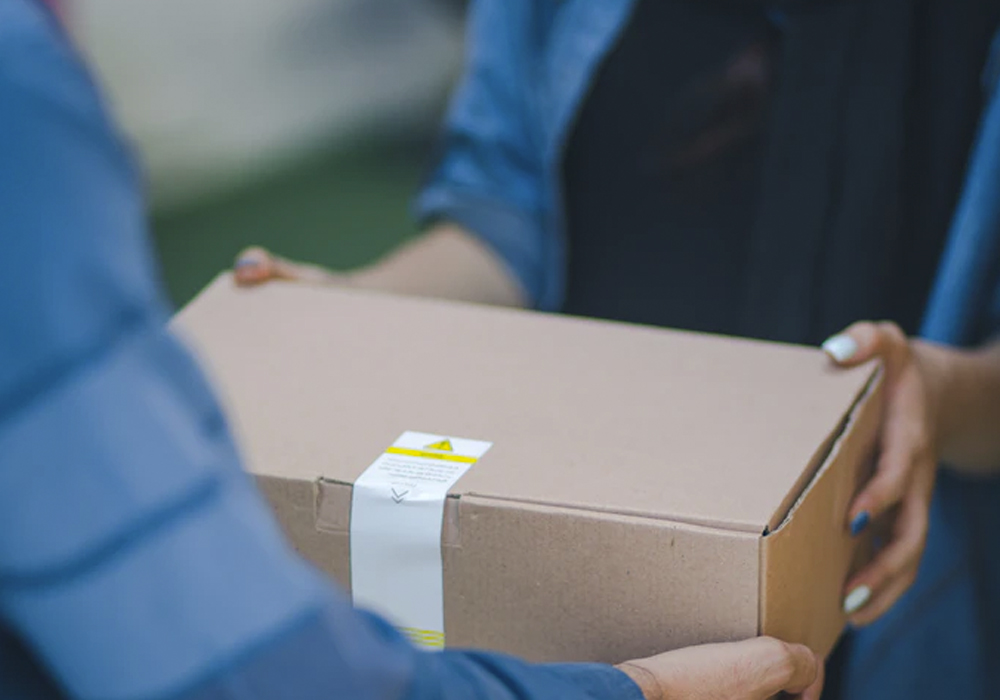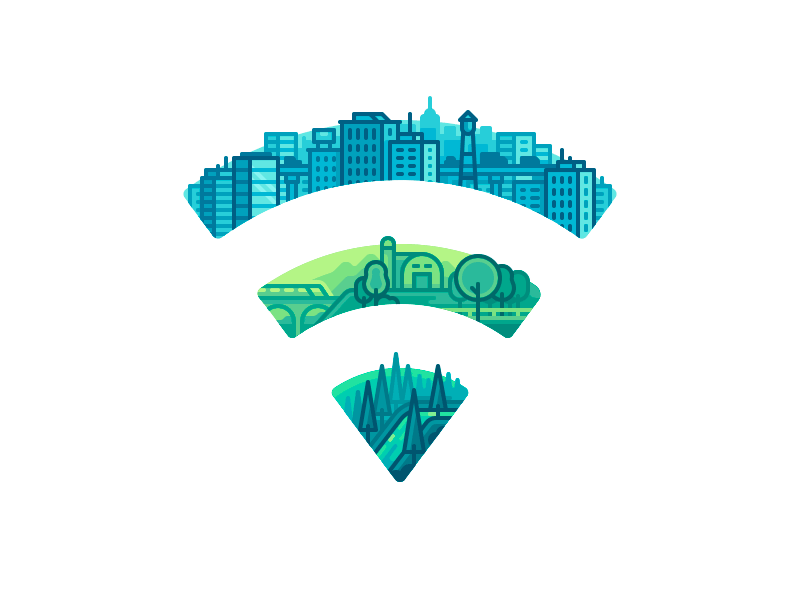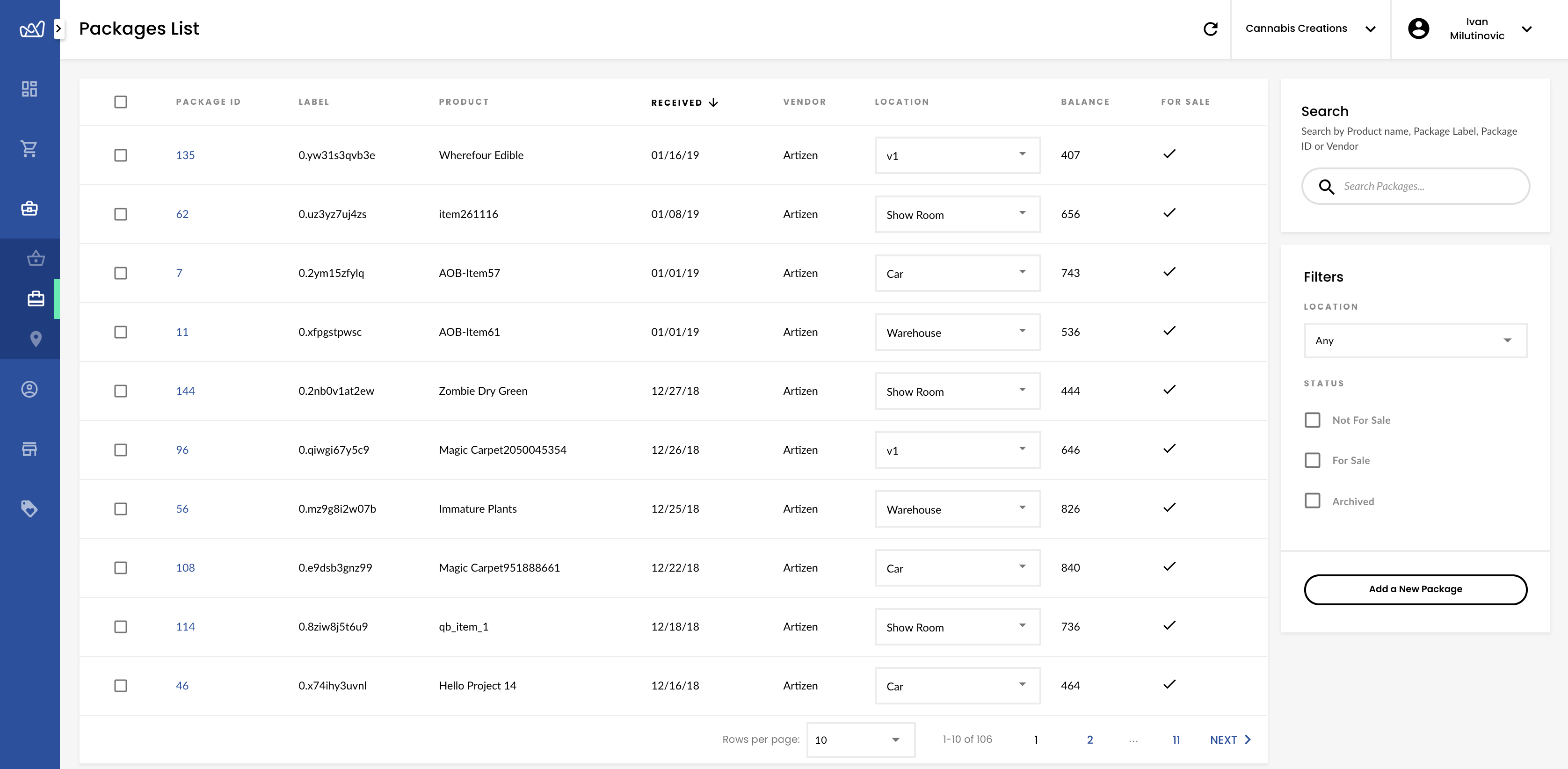Delivery Scheduling Software has revolutionized the logistics industry, providing businesses with efficient tools to manage and optimize their delivery processes. In this guide, we’ll explore the key considerations when selecting the best solution for your specific needs.
Whether you deliver goods or products, manage a fleet of vehicles, or provide courier services, the right logistics software can help you streamline your entire operation. From route optimization to order tracking, the right software can help you optimize your resources, save time, and improve customer service. In this guide, we’ll look at the key features to look for when selecting a delivery scheduling software solution.
by ThisisEngineering RAEng (https://unsplash.com/@thisisengineering)
Key Features to Look For
Real-time Tracking
Efficient delivery scheduling requires real-time tracking capabilities. Ensure the software provides accurate, live updates on the status and location of your deliveries, empowering you to make informed decisions on the go.
Save time and resources by automating mundane tasks such as route optimization and order processing. Automation can also help you to meet customer expectations with faster order fulfillment and more accurate ETAs.
Customization Options
Every business is unique. Look for software that allows customization to align with your specific requirements. Whether it’s custom time windows, delivery constraints, or reporting preferences, flexibility is crucial.
Ideally, the software should be able to be adapted to fit the changing needs of your business. Look for a platform that is easy to modify or update as needed. This will save you time and money in the long run.
Integration Capabilities
Seamless integration with your existing systems is paramount. Opt for software that easily integrates with your ERP, CRM, or other essential tools to create a unified and streamlined operational ecosystem.
User-Friendly Interface
Simplicity is key. The best solutions boast intuitive interfaces, minimizing the learning curve for your team. A user-friendly platform ensures swift adoption and efficient utilization.
Automation Features
Time is money, and automation can save both. Evaluate software that automates repetitive tasks like order assignment, route optimization, and communication, allowing your team to focus on more strategic aspects.
Look for features like automatic notifications, which can help streamline communication and keep your customers informed about their orders. Automation can also help reduce manual errors and increase accuracy, ensuring that orders are delivered on time, every time.
by ThisisEngineering RAEng (https://unsplash.com/@thisisengineering)
Choosing the Right Vendor
Researching Vendor Reputation
Before committing to a delivery scheduling software, research the vendor’s reputation. Look for established providers with a track record of delivering reliable solutions and excellent customer service.
Reading Customer Reviews
Customer reviews offer valuable insights. Read experiences from businesses similar to yours to gauge the software’s performance, reliability, and customer support quality.
Exploring Trial Versions
Many vendors offer trial versions. Take advantage of these to test the software’s functionality in a real-world scenario, ensuring it aligns with your operational requirements.
Assessing Customer Support
Delivery schedules don’t abide by a 9-to-5 schedule. Choose a vendor with responsive customer support, available whenever you need assistance. Quick problem resolution is vital to maintaining smooth operations.
Cost Considerations
Upfront Costs vs. Long-term Value
While upfront costs are important, consider the long-term value the software brings. A solution that may cost more initially but offers substantial benefits can outweigh cheaper alternatives.
Hidden Costs to Be Aware Of
Be vigilant about hidden costs such as training expenses, ongoing support fees, or charges for exceeding usage limits. A transparent pricing structure ensures no surprises down the line.
Scalability and Pricing Plans
Select software that scales with your business. Ensure the pricing plans accommodate growth, preventing the need for a costly switch to a more robust solution as your operations expand.
by Grab (https://unsplash.com/@grab)
Benefits of Implementing
Efficiency and Productivity Gains
A well-chosen solution enhances efficiency and productivity, leading to faster deliveries and satisfied customers. Evaluate how the software contributes to your overall operational effectiveness.
Improved Customer Satisfaction
Timely deliveries and accurate tracking contribute to heightened customer satisfaction. A positive delivery experience builds trust and loyalty, benefiting your brand reputation.
Reduction in Errors and Delays
Automation minimizes the risk of human errors and delays. Choose a solution that streamlines your processes, reducing the likelihood of delivery hiccups.
Enhanced Resource Utilization
Effective scheduling ensures optimal use of resources, from vehicles to personnel. This translates to cost savings and improved resource utilization across your delivery network.
Challenges to Watch Out For
Implementation Challenges
Integrating new software can pose challenges. Anticipate potential hurdles and work closely with your chosen vendor to navigate the implementation phase smoothly.
Employee Training
A user-friendly interface helps, but thorough training is essential. Allocate time and resources to train your team adequately, ensuring they can fully leverage the software’s capabilities.
Potential Technical Glitches
No technology is flawless. Be prepared for potential technical glitches and downtime. Choose a vendor with a robust support system to address and resolve issues promptly.
Data Security Concerns
The sensitive nature of delivery data requires robust security measures. Prioritize solutions with advanced encryption and secure data storage to protect both your business and your customers.
Delivery Scheduling Software: How To Pick The Best Solution
Evaluating Your Specific Needs
Begin your selection process by thoroughly understanding your business’s unique requirements. Consider factors such as delivery volume, types of goods, and geographic scope to identify tailored solutions.
Matching Features to Requirements
Create a checklist of features essential to your operations. Match potential solutions against this checklist, ensuring they align with your specific needs and contribute to your operational goals.
Scalability for Future Growth
Choose software that can grow with your business. Scalability ensures the solution remains effective as your delivery demands increase, eliminating the need for frequent software overhauls.
Compatibility with Existing Systems
Efficient integration with your current systems is critical. Select a solution that seamlessly integrates with your ERP, CRM, or any other software your business relies on for smooth operations.
FAQs
- How does delivery scheduling software work?
- Delivery scheduling software uses algorithms to optimize routes, assign delivery tasks, and provide real-time tracking, ensuring efficient and timely deliveries.
- What industries benefit the most from this software?
Industries with extensive operations such as e-commerce, logistics, and retail benefit significantly from delivery scheduling software. It streamlines their supply chain processes, leading to improved efficiency.
- Can it integrate with e-commerce platforms?
- Yes, most delivery scheduling software is designed to integrate seamlessly with e-commerce platforms. This integration ensures that order information flows effortlessly, enabling accurate scheduling and timely deliveries.
- How does it enhance route optimization?
- Route optimization is a core feature. The software analyzes various factors like traffic, delivery windows, and vehicle capacity to create the most efficient routes, reducing travel time and costs.
- Is it suitable for small businesses?
- Absolutely. Many solutions cater to the needs of small businesses, offering scalable options that grow with the company. These tools empower smaller enterprises to compete effectively in the delivery landscape.
- What sets the best solution apart from the rest?
- The best solution goes beyond basic features. It addresses specific pain points in your operations, offers excellent support, and evolves with industry trends. Look for a solution that aligns closely with your business goals.
Conclusion
- In the realm of delivery scheduling software, making the right choice is pivotal for operational success. By considering factors like features, vendor reputation, and cost, you can identify a solution tailored to your business needs. Remember, the right software isn’t just a tool; it’s a strategic asset that enhances efficiency, customer satisfaction, and overall business performance.




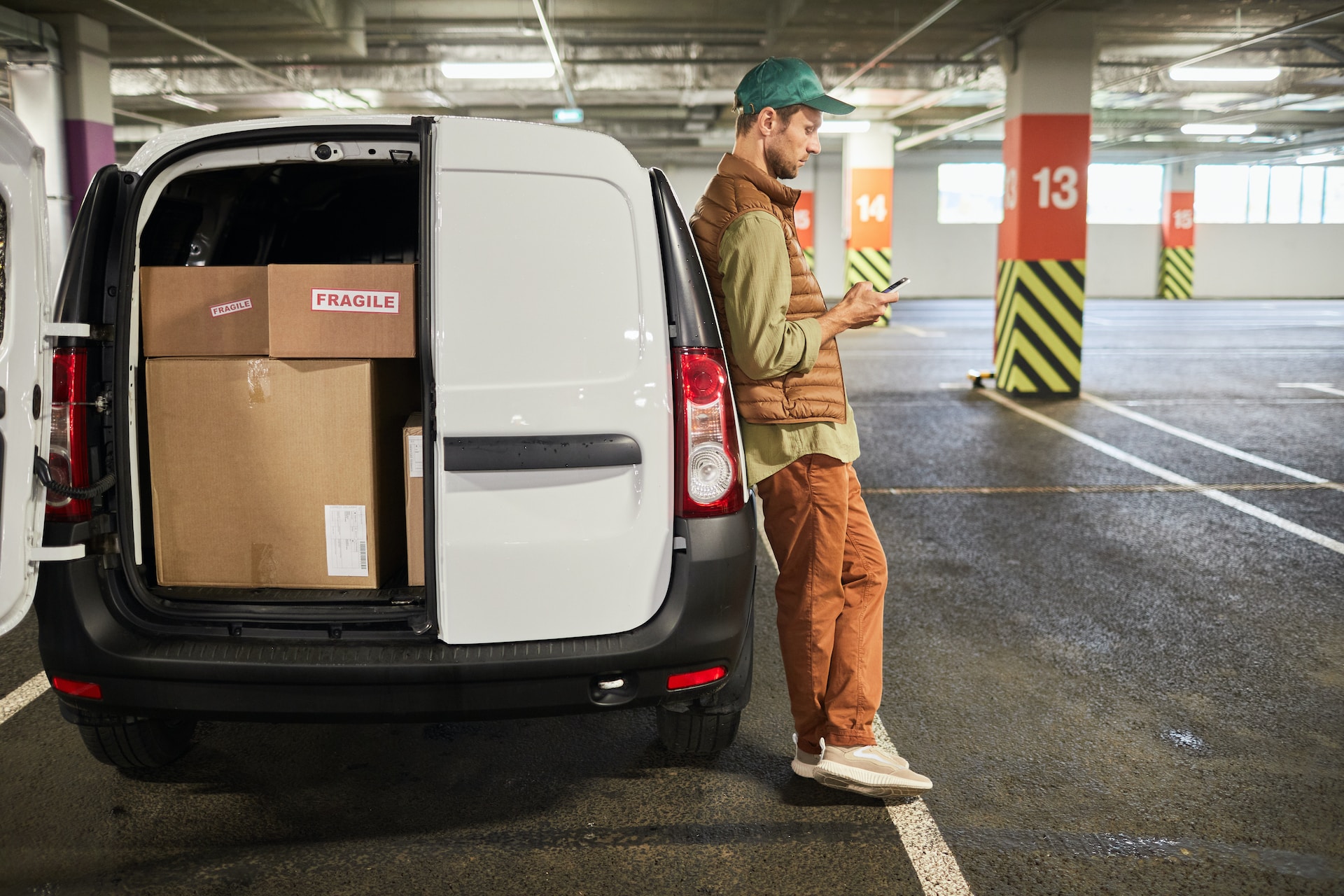
 by Andrew Kambel (https://unsplash.com/@andrewk)
by Andrew Kambel (https://unsplash.com/@andrewk) by Petr Macháček (https://unsplash.com/@machec)
by Petr Macháček (https://unsplash.com/@machec) by Andrew Neel (https://unsplash.com/@andrewtneel)
by Andrew Neel (https://unsplash.com/@andrewtneel)




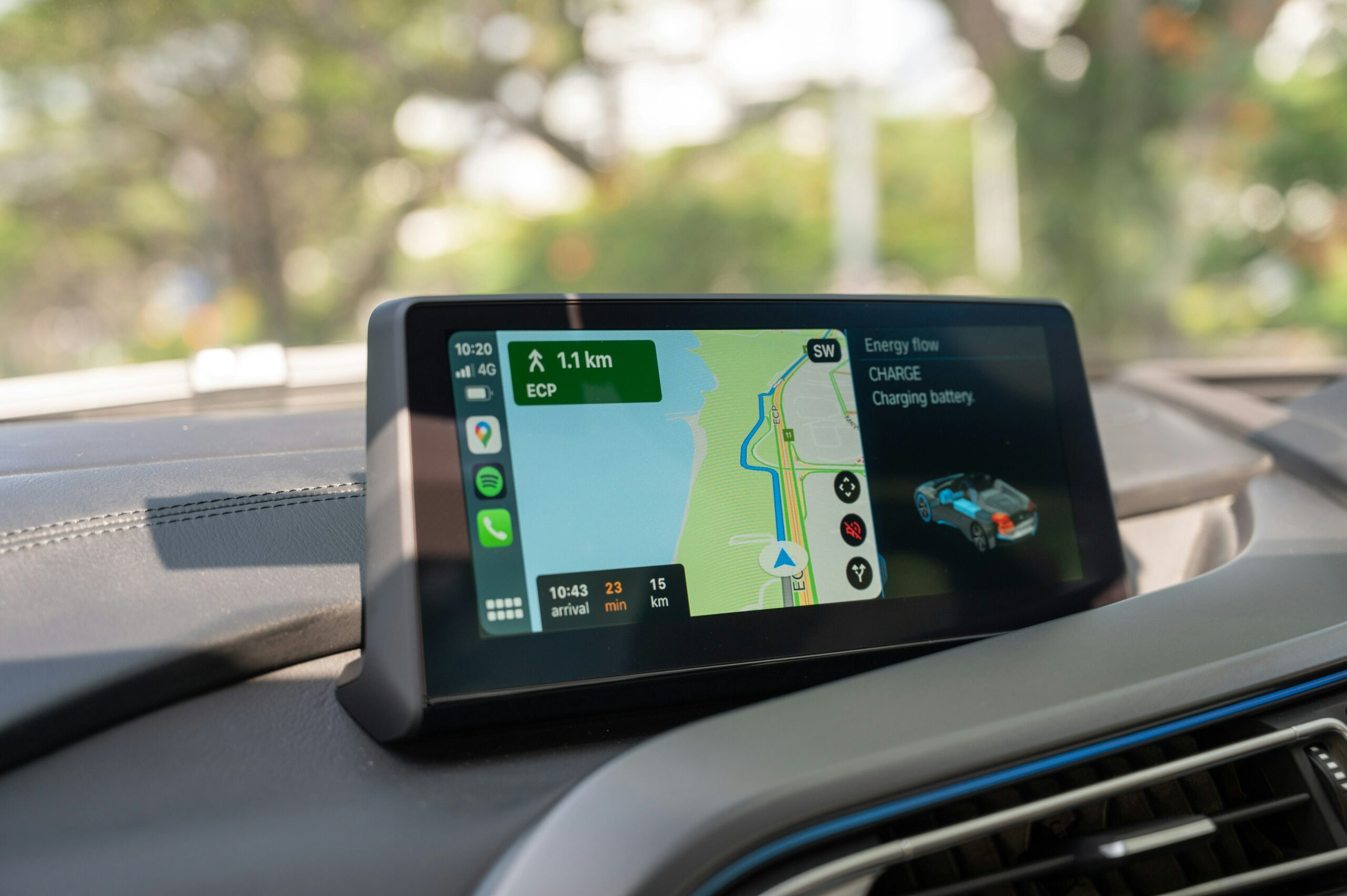
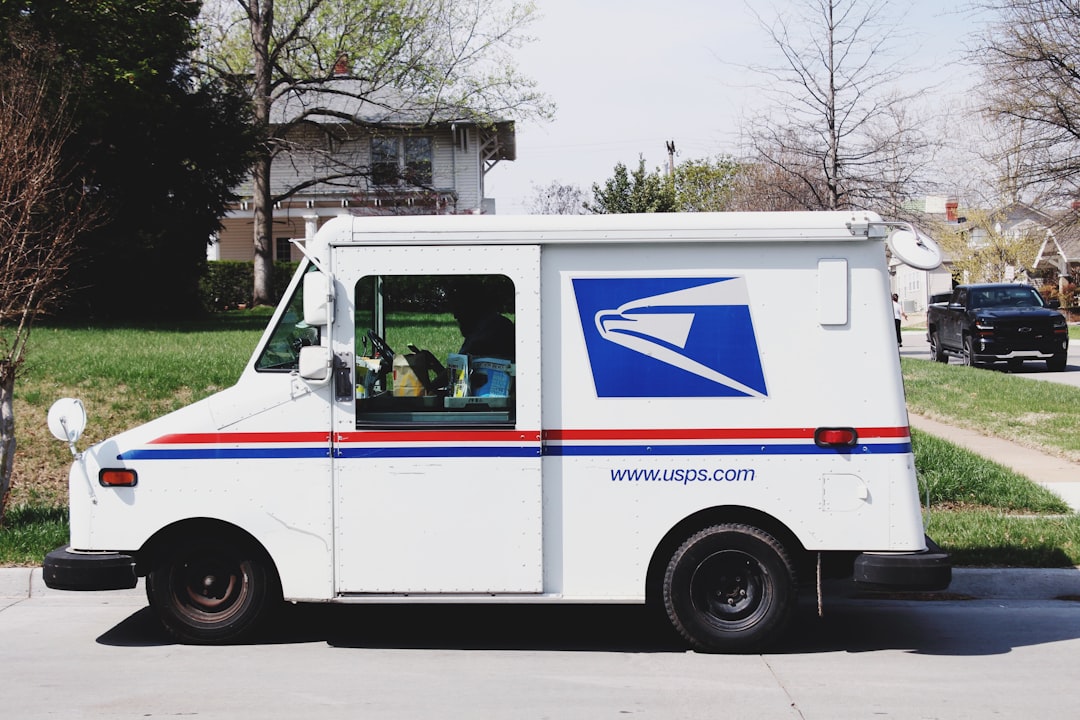 by Joel Moysuh (https://unsplash.com/@pope_moisa)
by Joel Moysuh (https://unsplash.com/@pope_moisa)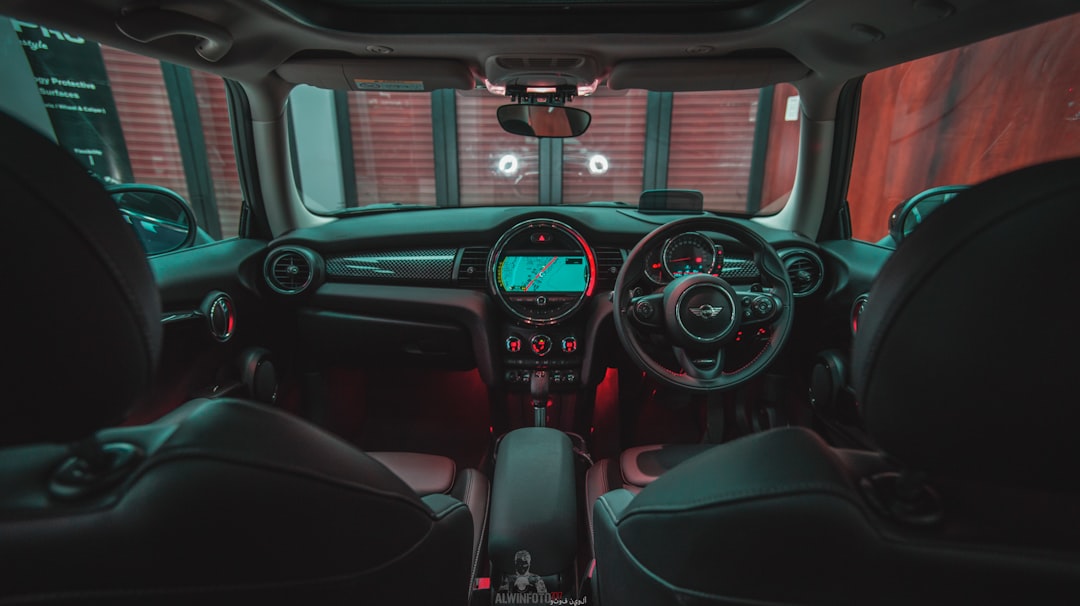 by Alwin Sunny (https://unsplash.com/@alwin_picturesque21)
by Alwin Sunny (https://unsplash.com/@alwin_picturesque21) by National Cancer Institute (https://unsplash.com/@nci)
by National Cancer Institute (https://unsplash.com/@nci) by Evaldas Grižas (https://unsplash.com/@rebusas)
by Evaldas Grižas (https://unsplash.com/@rebusas)
 by Kyle Glenn (https://unsplash.com/@kylejglenn)
by Kyle Glenn (https://unsplash.com/@kylejglenn)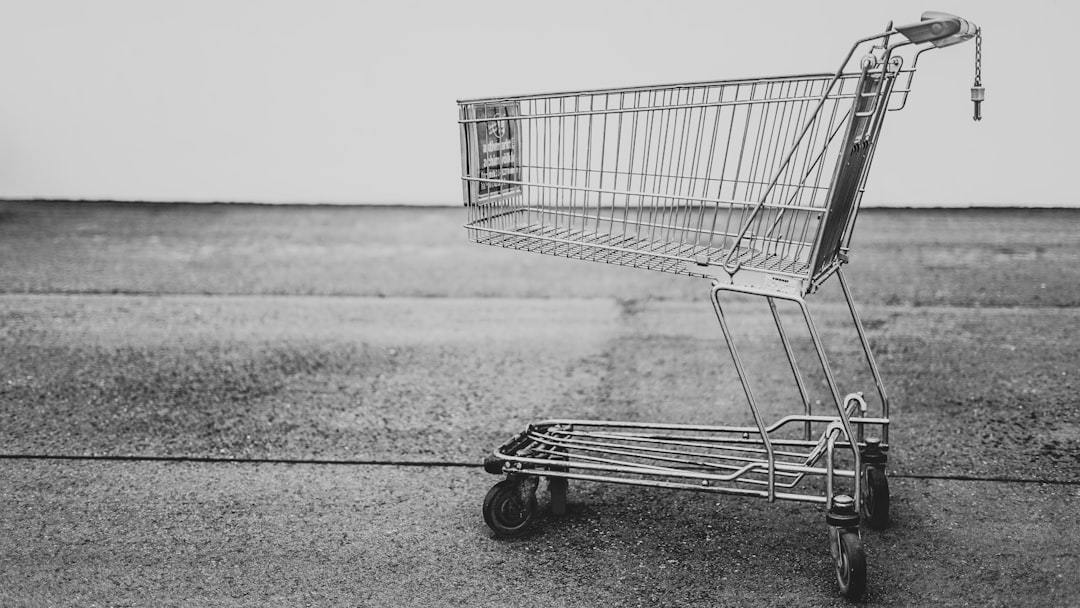 by Bruno Kelzer (https://unsplash.com/@bruno_kelzer)
by Bruno Kelzer (https://unsplash.com/@bruno_kelzer)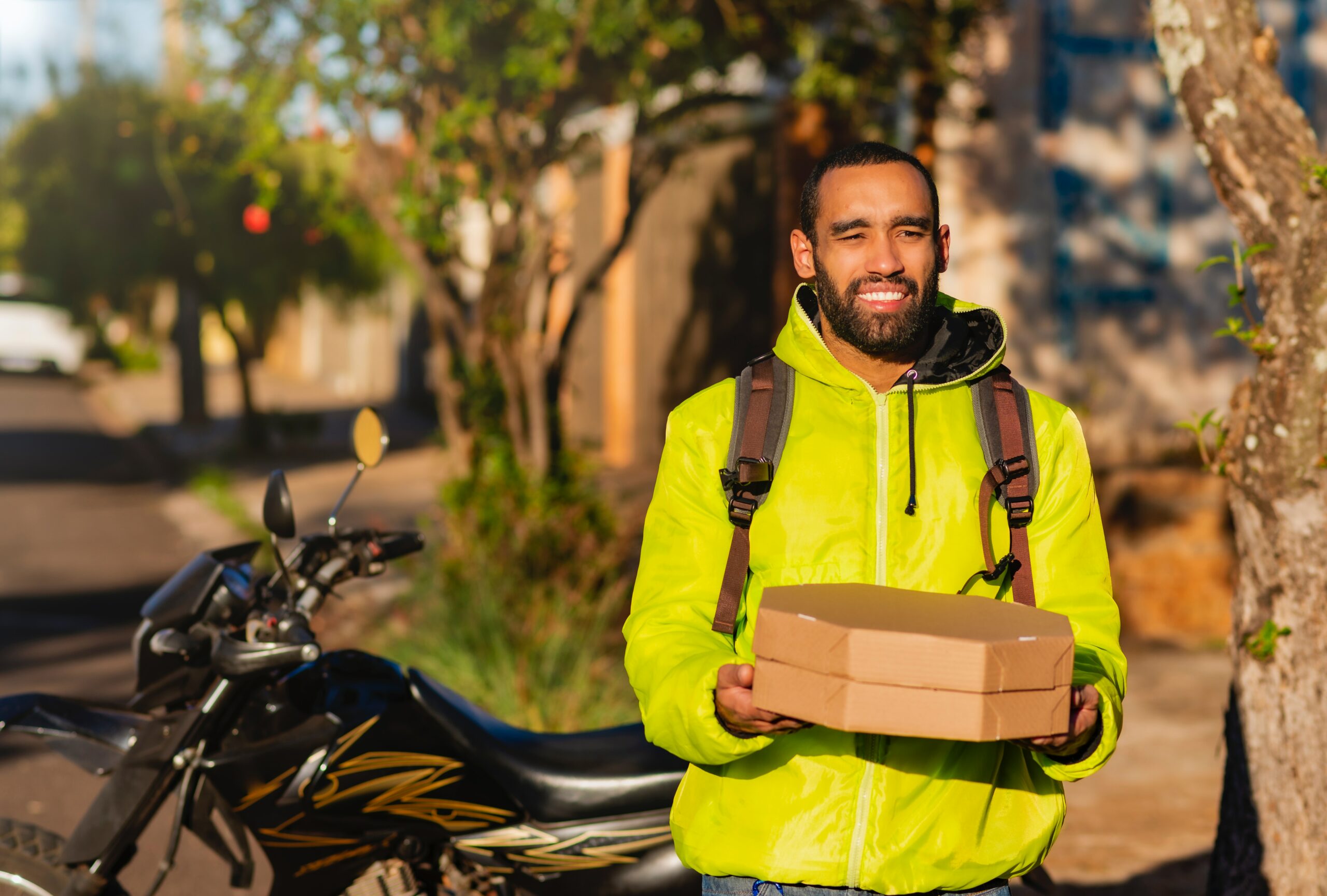
 by Grab (https://unsplash.com/@grab)
by Grab (https://unsplash.com/@grab) by Grab (https://unsplash.com/@grab)
by Grab (https://unsplash.com/@grab)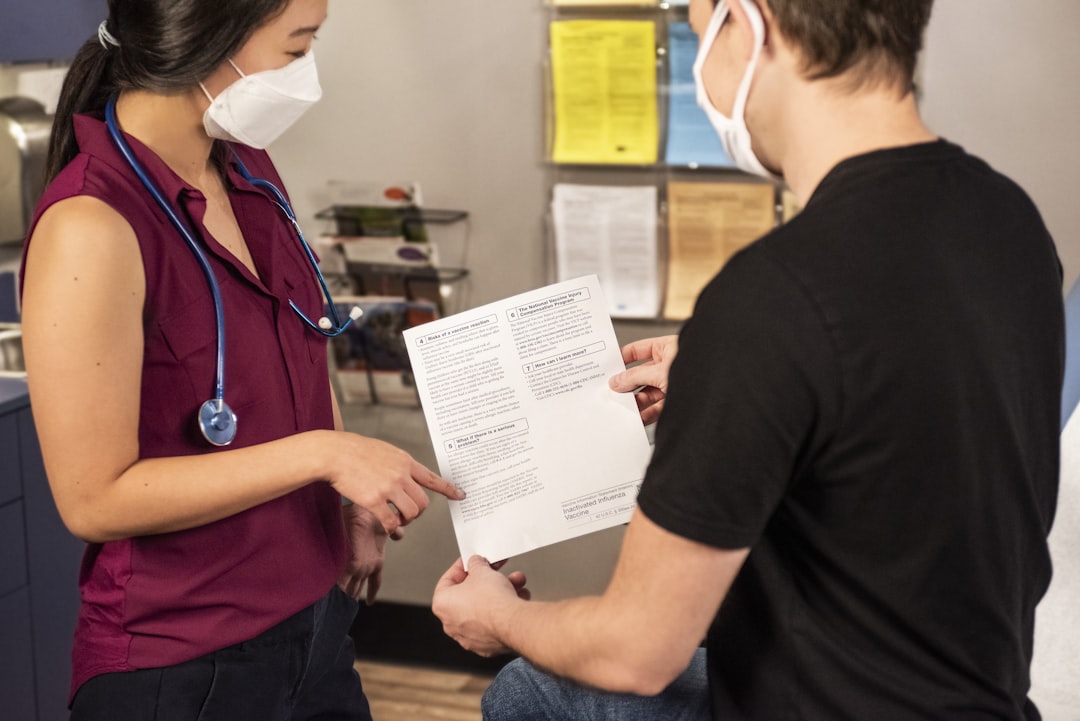 by CDC (https://unsplash.com/@cdc)
by CDC (https://unsplash.com/@cdc) by Grab (https://unsplash.com/@grab)
by Grab (https://unsplash.com/@grab) by charlesdeluvio (https://unsplash.com/@charlesdeluvio)
by charlesdeluvio (https://unsplash.com/@charlesdeluvio) by Headway (https://unsplash.com/@headwayio)
by Headway (https://unsplash.com/@headwayio)
